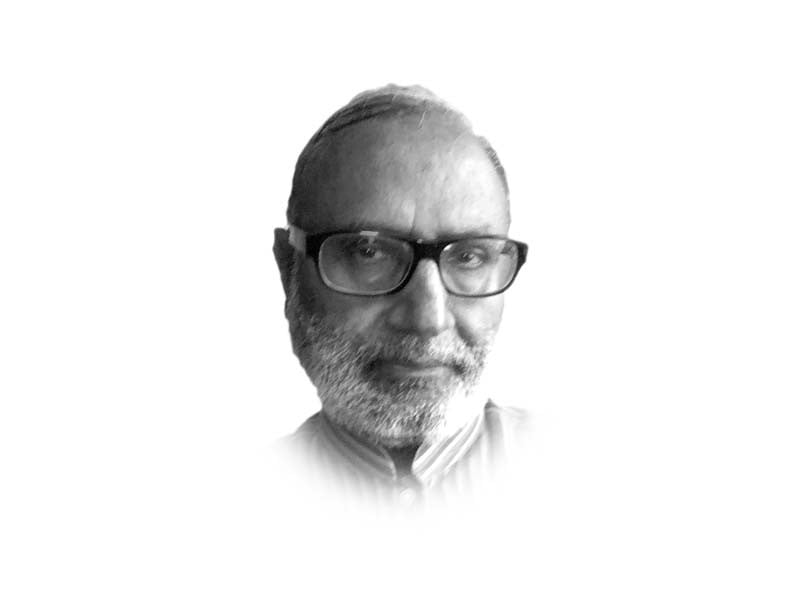
State Bank’s autonomy has been forced by the IMF. Judicial recourse has restored HEC’s relative autonomy. Pakistan Bureau of Statistics (PBS) is not that lucky. The sudden announcement of the base change has confirmed the fears expressed in this column (February 15, 2019) about placing the PBS with the Planning Commission (PC), as if the misplacement in the Finance Division was not enough. PC is the dominant consumer of the main number produced by the PBS, the GDP growth. It fixes growth target and is, therefore, in direct conflict with the producer of the actual number. It was disturbing to see the Planning Secretary preside the meeting of the National Accounts Committee (NAC) and the outcome announced instantly by the Planning Minister. But there was a method in the madness to hold in January a meeting due in May. May Day, May Day is not necessarily signalled in the month of May.
Given its meagre professional and financial resources and the lack of autonomy in decision-making, the PBS has done a good job of rebasing. It is an essential requirement to reflect the true size of the economy by improving the quality of existing data sources and adding new sources to allow for the changing structure. This is a daunting task in a country where the economy is more under the ground than above. Ideally, the base change has to coincide with the decennial censuses – population, agriculture and livestock. Since 1981, the population census has become a vicennial affair. The last agriculture census was held in 2010 and agricultural machinery census in 2004. Livestock census dates back to 2006. Large scale manufacturing has better coverage. The census of manufacturing industries coincides with the base 2015-16. During the year, the quantum index of manufacturing provides monthly data. Small scale manufacturing is covered by a base year survey, which then remains constant until the next base change. Over 40 surveys and studies have been carried out to improve the coverage of ICT, education and health services.
With all these good things, where is the problem? Well, everyone except the PBS website knows the rebased number. The General Statistics (Reorganization) Act 2011 requires Governing Council’s approval. Its last meeting was held in April 2019 that approved the base change for price statistics to 2015-16. An earlier meeting had decided to rebase prices and national accounts to the same year to correct a longstanding anomaly. This has happened now and the decision tweeted by the chair of Governing Council not in chair. Even the press release issued after the NAC meeting does not mention its source. Also silent is the obnoxiously littered PC website.
The point of all this pother was to tell the public that prices may give you sleepless nights, but growth is the order of the day. The timing was perfect to re-package the whole tenure. Full year data for FY21 would have improved the provisional estimate of 3.94% anyway. But this would have reduced the FY22 number further than expected. With the change of base, the new number is an impressive 5.57% with a significant increase in income per capita. It shows the economy recovering from the negative growth in FY20. Even the increase in the negative growth from 0.39% to full 1% was an advantage, as it made its own contribution through the base effect on the FY21. Not to forget the gain in FY19 from a negative to positive income per capita growth. What of the PML-N’s parting kick of 6.1% growth? Well, well, you know, corruption explains it all.
Published in The Express Tribune, January 28th, 2022.
Like Opinion & Editorial on Facebook, follow @ETOpEd on Twitter to receive all updates on all our daily pieces.


















COMMENTS
Comments are moderated and generally will be posted if they are on-topic and not abusive.
For more information, please see our Comments FAQ